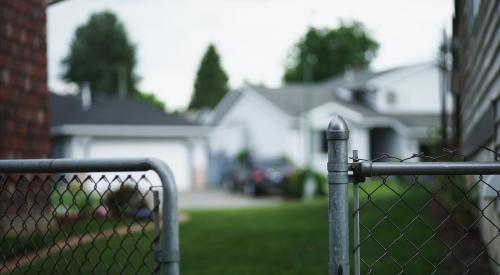Affordability remains the top concern for homebuyers, as illustrated by Zillow’s recent findings on the correlation between commute time and home sales. Short commutes were once a hot commodity in pre-pandemic times, but lifestyles have since shifted. The shifting priorities have spurred price increases in affordable areas with shorter commute times and price drops in expensive areas with short commute times. For example, homes in San Francisco and New York have experienced less intense price spikes, but homes in Detroit and Baltimore have seen dramatic upticks. It shows that people choose affordability over other factors and when given the chance, people will move where it is more affordable.
The shift is dramatic in many expensive, dense, coastal markets, many of which are notorious for their high prices. Home values within 20-minute commute range to central business districts in places including New York, Boston, San Francisco, and Washington, D.C., grew the least between April 2019 and April 2021, and even fell in San Francisco, New York and Boston. In Seattle homes in the 50-60 minute commute range to downtown grew by 39.6% over the two years analyzed, 2019, compared to just 12.2% for homes just a 10-minute commute from the downtown center. In New York, homes even farther from the Big Apple’s core — those 80-90 minutes away — rose in value the most, up 25.7% from 2019. On the flip side, the cost of a New York-area home boasting a 10-minute commute fell by $73,673 between 2019 and 2021, and the typical home in the 10-20 minute commute range fell in value by almost 10% over the same timeframe.
But in less-pricey markets including Baltimore, Cleveland, Detroit and Indianapolis, homes with 20-minute commute distance to downtown grew in value the most. In many cases, these markets are more sprawling and decentralized, and the home values in the core are typically lower than in the suburbs. Lower urban home values may also be a reminder of the lasting impacts of historical policies like redlining that depressed home values in many city cores for years. But as this data shows, there is a new wave of urban revival coming to these city centers. In Detroit, typical home values within a 10-minute commute of the main job center jumped more than $100,000 since 2019 (from $124,467 to $225,695) showing demand for a more central location is picking up. And the typical home located within a 10-minute commute to downtown Cleveland now costs 72.5% more than it did in 2019.













